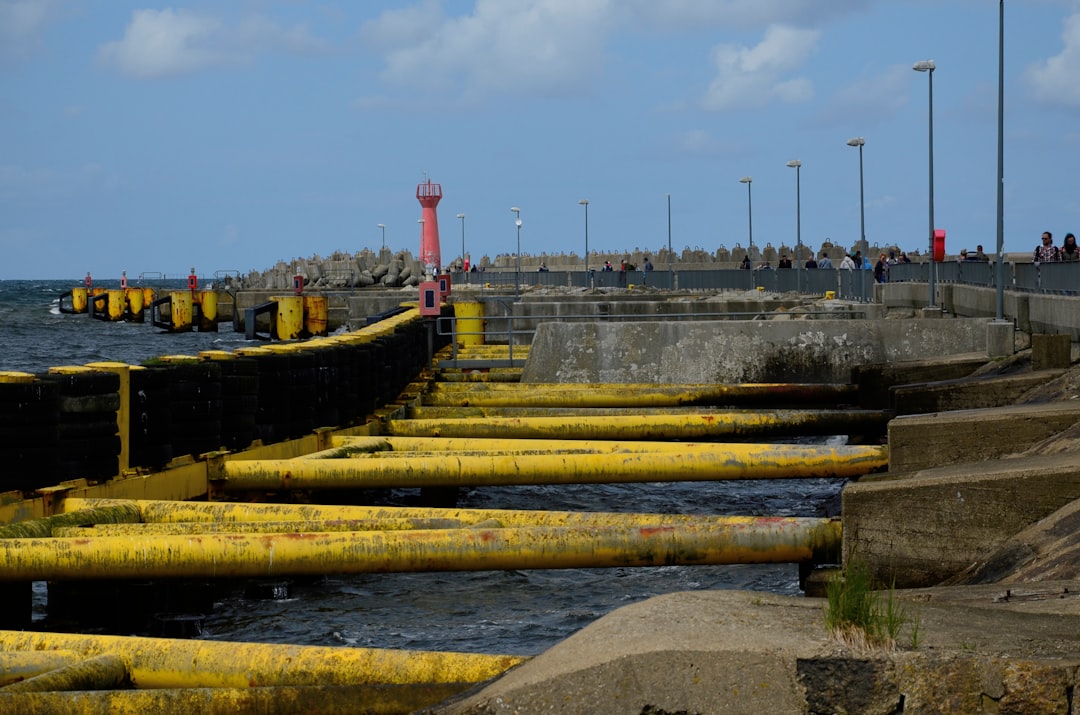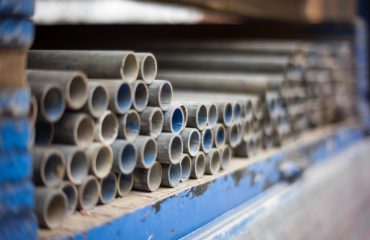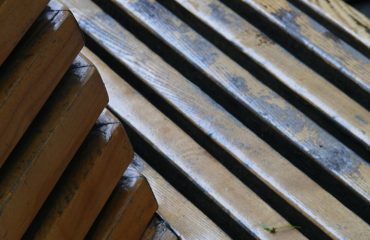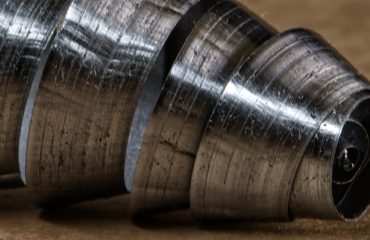The construction of modern ports demands innovative and robust solutions to meet the increasing demands of global trade. Steel pipes, with their inherent strength, durability, and versatility, are emerging as a game-changer in this field. This post delves into the various aspects of utilizing steel pipes in port construction, exploring their advantages, challenges, and future prospects.
1. Design and Engineering Considerations for Steel Pipe Ports
Designing a port structure using steel pipes necessitates careful consideration of several factors. The diameter, wall thickness, and grade of the steel pipes are crucial for ensuring structural integrity and load-bearing capacity. The design must account for various environmental loads, including wave action, currents, and wind forces. Finite element analysis (FEA) is commonly employed to simulate these loads and optimize the pipe configuration. Furthermore, the design must incorporate appropriate corrosion protection measures, such as coatings and cathodic protection systems, to extend the lifespan of the structure in the harsh marine environment. Detailed plans for assembly, welding, and inspection are also critical to ensure a successful project.
2. Advantages of Utilizing Steel Pipes in Port Construction
Steel pipes offer several compelling advantages in port construction. Their high strength-to-weight ratio allows for the creation of lightweight yet robust structures, reducing material costs and transportation challenges. The prefabricated nature of steel pipe components enables faster construction times compared to traditional methods, minimizing project delays and accelerating the return on investment. Steel pipes are highly resistant to compression and bending, making them ideal for supporting heavy loads and withstanding the dynamic forces encountered in port operations. Moreover, their modular design allows for easy expansion and modification of the port infrastructure as needed, adapting to future growth and changing demands. Finally, the recyclability of steel contributes to the environmental sustainability of the project.
3. Addressing the Challenges in Steel Pipe Port Construction
While steel pipes offer many benefits, certain challenges must be addressed. Corrosion remains a significant concern, requiring careful selection of steel grades, appropriate coatings, and regular maintenance. Welding of large-diameter steel pipes requires specialized equipment and skilled welders to ensure high-quality joints. The transportation and handling of these large and heavy components can be logistically complex, requiring careful planning and specialized equipment. Furthermore, the design must account for potential scour around the pipe foundations, requiring robust anchoring and protection measures. Finally, ensuring compliance with relevant safety regulations and industry standards is crucial throughout the entire construction process.
4. Case Studies: Successful Implementations of Steel Pipe Ports
Several successful examples demonstrate the efficacy of steel pipe technology in port construction. For instance, the use of steel pipe piles in breakwater construction has proven highly effective in resisting wave action and protecting coastal areas. In offshore port development, steel pipe structures are used to create stable platforms for various port facilities. Several ports around the world have incorporated steel pipe elements into their jetties, piers, and other infrastructure, showcasing the versatility and effectiveness of this material. These case studies highlight the successful implementation of innovative design solutions and construction techniques, demonstrating the long-term durability and cost-effectiveness of steel pipe port structures. Detailed analysis of these projects provides valuable insights for future endeavors.
5. Future Trends and Innovations in Steel Pipe Port Construction
The future of steel pipe port construction looks promising, with ongoing research and development focusing on enhancing the performance and sustainability of these structures. Advanced materials, such as high-strength steel alloys and corrosion-resistant coatings, are being explored to further improve the durability and lifespan of steel pipe structures. Innovative design techniques, such as the use of computational fluid dynamics (CFD) for optimizing structural design and minimizing environmental impacts, are also being investigated. Furthermore, the integration of smart sensors and monitoring systems allows for real-time assessment of structural health and proactive maintenance, enhancing the safety and reliability of port infrastructure. The growing demand for sustainable and resilient port infrastructure will further drive innovation and adoption of steel pipe technology in the years to come.
In conclusion, steel pipes represent a significant advancement in port construction, offering a compelling combination of strength, durability, cost-effectiveness, and sustainability. While challenges exist, ongoing innovations and careful planning ensure the successful implementation of this technology, shaping the future of modern port infrastructure.
SEO Tags:
- Steel pipe port construction
- Port construction methods
- Steel pipe structures
- Offshore port construction
- Sustainable port infrastructure




